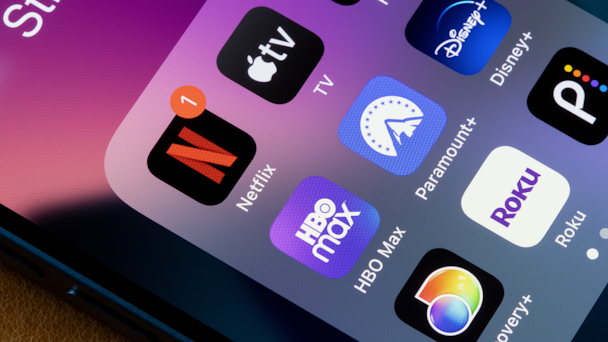Why the CTV IDs replacing the cookie are going all-in on privacy
From Blockgraph to Open ID to IFA and seller-defined audiences, we look at the best privacy-focused ID solutions on the market as part of The Drum’s Data & Privacy Deep Dive.

CTV advertisers are investing in Ia range of new privacy-preserving targeting and measurement solutions / Adobe Stock
The connected TV (CTV) media ecosystem doesn’t rely on cookies, but it would be wrong to think the reduction of third-party data won’t affect premium video. TV advertisers need to start paying attention to privacy changes that will impact them and find solutions to invest in.
Current privacy regulations mean 30% of audiences are non-addressable, but incoming consent regulation and the death of the cookie mean that, by 2024, 75% of audiences will be non-addressable.
Advertisement
Giovanni Gardelli, vice-president of ads data products at Yahoo, calls for major investment in identity solutions for CTV. Identity impacts nearly every advertising use case, from frequency capping and audience targeting to measurement, he explains.
”However, many of those IDs will depreciate over the next two years. Addressability will continue to shrink in mobile and web throughout 2023 and 2024 and it is important that CTV advertisers and publishers start paying attention to how it will impact them.”
The quality of measurement on CTV is at risk when the addressable supply shrinks. When a viewer sees an ad on their connected TV and then purchases a product, the conversion would be registered on a mobile or computer, not the TV.
Gardelli says: “To be able to measure ad effectiveness in CTV, purchases on non-TV devices need to be able to be tied to ad exposures on CTV. This is why omnichannel solutions and first-party data are critical.”
Advertisement
So, what solutions are on the market?
A lot of CTV-specific solutions aren’t cut out for cross-media targeting and measurement, which can mean that advertisers aren’t able to gauge the true impact of a campaign. The best solutions on the market all avoid treating CTV as a siloed channel, and instead as part of a media mix.
-
Blockgraph ID was born out of a partnership between Comcast, Charter, and ViacomCBS. It is more of a CTV-first solution rather than CTV-specific, given that adoption has mainly been from CTV supply. One of the biggest benefits of Blockgraph ID is that it unifies linear and set-top box identity, which is fragmented in the TV space. While Blockgraph ID offers better identity resolution and targeting, it doesn’t solve the biggest use case when it comes to identity solutions for CTV - measurement.
-
Open ID is part of Open AP. Similar to Blockgraph ID, while Open ID allows for the unification of identity in linear and digital, it is not an omnichannel ID capable of solving for holistic, cross-campaign measurement.
-
IFA is an ID specification from IAB Tech Lab and can be a device- or publisher-specific ID. While IFA has been in use for many years, it does remain a viable identifier for CTV – with the caveat that, just like other CTV-specific IDs, it cannot solve for omnichannel measurement.
-
Seller-defined audiences give publishers the responsibility of segmenting audiences. First introduced by the IAB Tech Lab’s Project Rearc, it can provide a privacy-centric way for publishers to use their first-party data. It’s a key development for a number of reasons, including publishers’ desire for more control over their audiences, standardized systems and more transparency.
Suggested newsletters for you
Stefanie Briec, a director and head of demand sales at FreeWheel, says the audience and regulator views on data privacy will “shape the future of premium video advertising.” She urges TV advertisers to keep industry regulators front of mind as they develop new tools for buyers and sellers: ”Ensuring advertising capabilities are future-proofed and solutions are interoperable is essential for making premium video accessible to buyers and monetizable for sellers in a privacy-centric landscape.”
The end of the third-party cookie has shown marketers how conscious viewers have become about privacy, Briec explains. To maintain viewer trust in premium video advertising, she says it is critical for advertisers to be “transparent about data practices and educating audiences about the value exchange.”
Four crucial things to remember about CTV and identity
-
Not all IDs are created equal – many only focus on solving a portion of the problem.
-
Addressability will continue to have a significant effect on CTV targeting and measurement.
-
In an evolving ecosystem like adtech, interoperability is important to preserving and growing identity solutions across different channels.
- Viewers watch across multiple devices, so identity solutions must cater to that.
For more on how the world of data-driven advertising and marketing is evolving, check out our latest Deep Dive.

